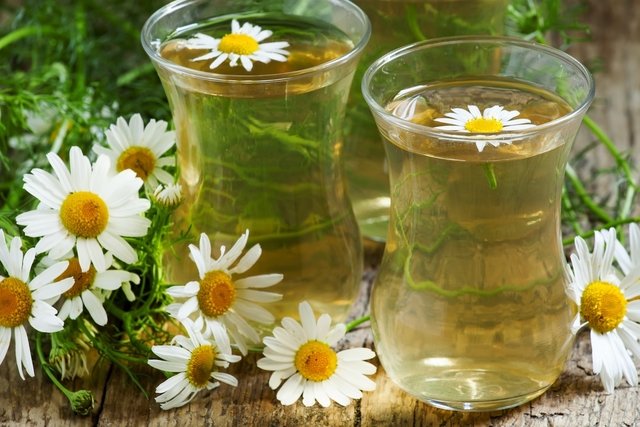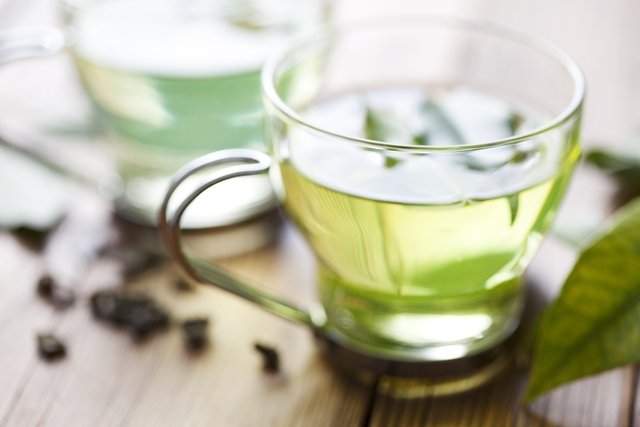Home remedies for conjunctivitis, such as applying cold compresses, using calendula solution or hydraste tea, are great natural options for relieving the symptoms of conjunctivitis, such as redness, itching, swelling or irritation of the eye, for example, as they contain substances with properties anti-inflammatory, antiseptic and calming.
To complement these home remedies, you should also avoid scratching your eyes or touching your face, using tissues or disposable compresses to clean your eyes, and washing your hands frequently and whenever you touch your face, for example. Check out other precautions during conjunctivitis treatment.
Although they cannot replace medical treatment, home remedies are a good option to help alleviate the symptoms of conjunctivitis and can be used to complement the treatment recommended by the ophthalmologist.

1. Calendula Solution
The calendula solution, prepared with the medicinal plant Calendula officinalishas anti-inflammatory properties that help relieve itchy eyes and discomfort caused by allergic conjunctivitis or follicular conjunctivitis.
Ingredients
- 2 tablespoons of dry calendula;
- 250 mL of boiling water.
Preparation mode
Add the calendula to the boiling water, cover and let it rest for about 15 minutes. Then, strain it, wait for it to cool, and dip a clean gauze pad into the calendula solution. Squeeze the gauze slightly to remove excess calendula solution and apply it to the closed eye, that is, the eyelid, for 15 minutes. After this time, remove the gauze and discard it. You can use the calendula solution up to 6 times a day.
If both eyes are affected by conjunctivitis, a gauze pad with the calendula solution should be used for each eye separately and discarded after use.
2. Hydraste tea
Hydraste tea, made from the medicinal plant Hydrastis canadensis L., has anti-inflammatory and antiseptic properties, which help soothe eye irritation and combat inflammation caused by conjunctivitis.
Ingredients
- 1 teaspoon of hydraste root powder;
- 250 mL of boiling water.
Preparation mode
Add the powdered hydraste to the boiling water, mix, cover and let it rest for about 15 minutes. Strain the tea through a coffee filter to remove all particles of hydraste powder. Then, wait for the hydraste tea to become warm and wet a clean gauze with the tea. Squeeze the gauze slightly to remove excess tea and apply it to the closed eye, that is, on the eyelid, for 5 to 10 minutes. After this time, remove the gauze and discard it. Hydraste tea should be used up to 3 times a day.
3. Chamomile infusion
Chamomile infusion can also be used in the form of compresses applied to the eyelid to treat conjunctivitis, due to its anti-inflammatory and calming properties, which help to relieve irritation and inflammation in the eye.
Ingredients
- 20 to 30 g of fresh or dried chamomile flowers;
- 500 mL of boiling water.
Preparation mode
Add fresh or dried chamomile flowers to boiling water and leave to rest for 15 minutes. Strain and let cool naturally or place the chamomile infusion in the refrigerator for 10 to 20 minutes. Wet a gauze pad and apply it to the closed eye for 15 to 30 minutes, at least twice a day.
Another option is to use a chamomile tea bag to prepare the infusion and apply the bag to the affected eye, after it has cooled in the refrigerator.
4. Cold compress
A cold compress is a good option to reduce eyelid swelling, pain and discomfort caused by any type of conjunctivitis.
Ingredients
- Gauze or cotton;
- 250 mL of cold water.
Preparation mode
Soak a piece of cotton or clean gauze in cold water and apply it to the eyelid of the closed eye, leaving it to act for a few minutes until you feel an improvement in symptoms. When it stops being cold, change it and put on another cold compress.
Bibliography
- VUKOVIC, Laurel. 1001 natural remedies. . . . 1ed. Porto, Portugal: Dorling Kindersley, 2003. p.17.
- BILKHU, PS; et al. A review of non-pharmacological and pharmacological management of seasonal and perennial allergic conjunctivitis. Cont Lens Anterior Eye. 35. 1; 9-16, 2012

Sign up for our newsletter and stay up to date with exclusive news
that can transform your routine!
Warning: Undefined array key "title" in /home/storelat/public_html/wp-content/plugins/link-whisper-premium/templates/frontend/related-posts.php on line 12
Warning: Undefined array key "title_tag" in /home/storelat/public_html/wp-content/plugins/link-whisper-premium/templates/frontend/related-posts.php on line 13




